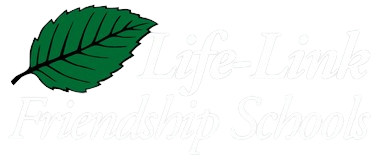Bacteria, Antibiotics & Antibiotic Resistance
1:17
in Theory
Microbes; including Bacteria, Virus, Fungi, Nematodes and the key differences between them.
Microbes, Man and Nature; the essential role of bacteria in human health and the environment.
Antibiotics; Their history and use in human medicine, veterinary programs and food production.
Development of Bacterial Resistance to Antibiotics.
Preventing the spread of resistance through Infection Prevention and Rational Use of Antibiotics: The importance of hygiene, water and sanitation, vaccines, and appropriate use of antibiotics.
The challenge that antibiotic resistance poses to the world. Why is it a problem?
Step by Step
Make a list of experts (Medical doctor, Nurse, Veterinary, Farmer, Community Water expert, etc) that you want to invite for lectures and discussions.
Plan for field visits, preferably in smaller groups.
If possible and feasible: plan for some laboratory cultivation test of microorganisms.
Involve parents in relevant actions – such as field observation, lectures on vaccine programs, and hygiene demonstrations.
Creatively use bacteria as an inspiration for art and role games in order to raise awareness about antibiotic resistance.
Visit the ReAct Resource Center (website) for informational and educational tools on antibiotic resistance at www.reactgroup.org/resource-center.html

